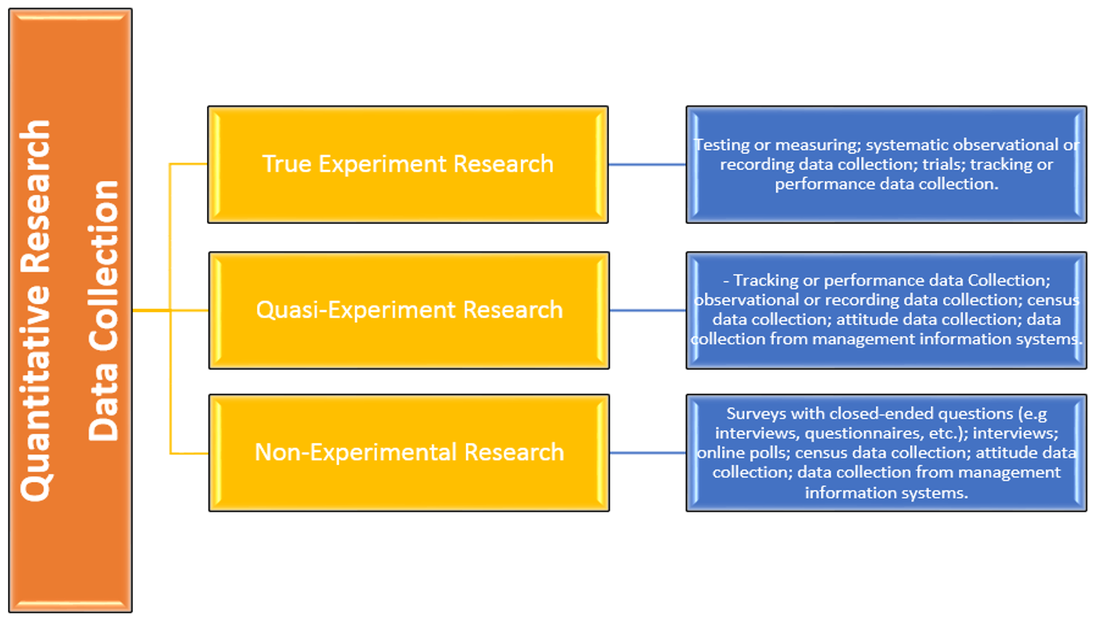

Narratives are transcribed experiences.It is employed to reveal patterns in communication content.Content Analysis is employed to explain attitudinal and behavioral responses to communications.Content Analysis is employed to spot the intentions, focus or communication trends of a personal, cluster or establishment.Using content analysis, researchers will quantify and analyse the presence, meanings, and relationships of such words, themes, or ideas.Interpretative – What was meant by the data?.The content can be analyzed on two levels:.This refers to the method of categorizing verbal or activity data to classify, summarize and tabulate the information.This can be divided into the following five categories/types: 1. Females have brown, black, blonde, and red hair (qualitative).The cake is orange, blue and black in color (qualitative).If the teacher offers a feedback supported fluency, intonation, throw of words, clarity in pronunciation while not giving a grade to the child, this is considered as an example of qualitative knowledge. A lecturer who is listening to the reading offers a feedback on how the child read that paragraph. For example, think about a student reading a paragraph from a book throughout all the class sessions.Qualitative data is additionally known as categorical data since this data can be classified according to classes.Hadoop, Data Science, Statistics & others Examples of Qualitative Data Analysis Primarily it involves making sense of massive amounts of data by reducing the amount of raw information, followed by distinctive important patterns, and eventually drawing meaningful knowledge and later building a logical pattern.

The process of analysing qualitative data preponderantly involves writing or categorising the information. Qualitative Data Analysis is outlined as the method of consistently looking and composing the interview records, observation notes, or completely different non-textual materials that the investigator accumulates to increase the understanding of an event. The use of qualitative data management reduces technical sophistication and makes the process easier. Analysing qualitative data entails reading an outsized quantity of transcripts searching for similarities or variations, and afterwards finding themes and developing classes. What is Qualitative Data Analysis is commonly subjective, rich, and consists of in-depth information commonly presented with the sort of words. It refers to non-numeric data like interview transcripts, notes, video and audio recordings, pictures and text documents. Qualitative Data is an information that is associated with ideas, opinions, values, and behaviours of individuals during a social context. Introduction to Qualitative Data Analysis


 0 kommentar(er)
0 kommentar(er)
